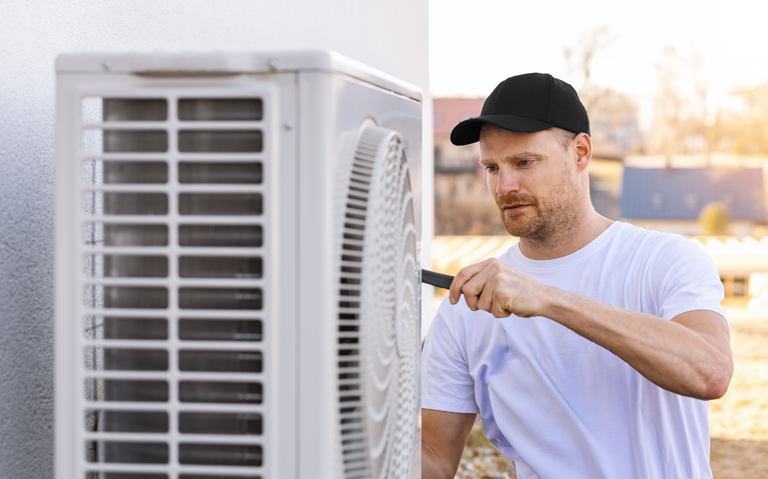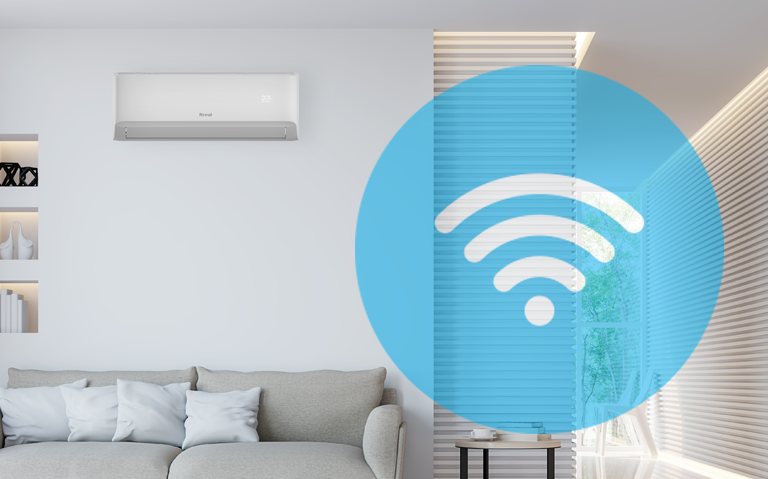At Rinnai New Zealand, our focus is to create a healthier and more comfortable way of living. And we do that through the use of thermal energy and water control technologies manufactured locally and abroad.
When it comes to fireplaces, we design, build and support our quality range of traditional and designer gas fireplaces from our Auckland factory.
Right now we have seven gas fire product lines, giving rise to more than 15 distinct models, all with numerous customisation options. So how do you go about selecting the right Rinnai fire for your home?
Some decisions are easy (natural gas vs. bottled gas) while others will come down to your personal preferences or circumstances (frame colour or budget) and some will be guided by your intended use and the install location (heat output vs. size of the room).

The first step is to work out what the main intended use of the fire will be:
Primary use:
- heating
- aesthetics (for the flame look)
If your primary use is heating, then from there you will need to consider:
- the size (or volume) of the room
- room insulation and windows
- position of the appliance
Knowing these will help determine your heating requirements and therefore the size (kW output) of the fire needed.
Gas fires predominantly heat via fan assisted convection. This means in a large space with a high gabled/mono pitch ceiling or split-levels, a poorly positioned or under-sized fire will struggle to effectively heat the space. The gas fire should be positioned at the lowest point of a split-level room and, in rooms with ceilings higher than the 2.4m, the additional volume of air needs to be added to the area calculation to correctly size the fire.
A modern, well insulated home doesn’t need massive amounts of heating. So the primary requirement of a fire is often to provide ambience. If this is the case, you should choose the fire based on the style and how the fire looks when its running. You should also consider that you may want a fire with a lower energy star rating and a lower heat output. Higher efficiency fires tend to have smaller flames with more blue in them when compared to a wood fire. A smaller fire may be better so you can have it roaring away with the best flame picture.
Too much heat output means once the room hits temperature, your fire will modulate down to a lower setting and you’ll get a less impressive visual flame picture. But if you keep the fire at maximum flame setting, your room may get uncomfortably hot.
Flame picture can be quite subjective, our recommendation is to come to our showroom or go to a Rinnai Fire Specialist near to you to judge the flames on high and low settings yourself.
Installation options:
- Existing masonry chimney
- Wall or purpose-built (mock) chimney
- Freestanding
Our new Linear collection are frameless and designed to go into a purpose-built wall cavity. This is our signature designer series and has the options of single sided, double sided (through wall view), peninsular, corner and bay variants.

Our Landscape series covers a selection of models designed for purpose-built wall cavities or a modified masonry chimney. The series has the high efficiency Evolve models, the Symmetry models with the capability to split heat output into two rooms, and the Arriva with decorative, modern burn media options.

Our Compact fire series has three models designed to fit neatly into an existing masonry chimney. They can also be installed in a mock chimney which makes them the perfect solution for older and new homes. The Neo also has freestanding options for that traditional wood burner look. The Ember has a glowing ember bed giving it that warm cosy feeling, while the Compact 2 is for the more budget-conscious.

Fluing is another consideration for installation. How does the install location allow the fluing to be run; vertically (through the roof or high up a wall), rear/sideways (through a wall) or down and out (under floor and out). This may impact your choice of fire as each gas fire has its own specific flue requirements. Your installer/gas fitter is always the best person to advise you on the requirements for your specific installation.
Rinnai gas fires will have one of the following flue types:
Power flue
This gives the most flexible fluing options as it can be run up, down, sideways and around corners. This is designed for room sealed fires that use a fan to draw air in (for combustion) and push the exhaust gases out.
Direct vent
Direct vent fluing can run horizontally or vertically. Also used for room sealed appliances, this relies on natural convection to draw air in from outside into the combustion chamber and to expel the exhaust gases back outside.
Natural draft
This type of fluing relies on natural convection to draw the air into the combustion chamber and expel the exhaust gases. It therefore must be run vertically from the fire. Once it reaches a certain height it can run at an upwards angle before being terminated vertically.
Final thoughts
Before you choose your fire, have a really good think about what your main requirements are. Are you looking to heat a specific room, or is the fire for ambience? Do you want a certain look? Also consider restrictions for the flue, such as a second story above the proposed installation location.
Then measure the width, length and height of the room, and if possible, see what insulation is installed in the room. A hand draw sketch with the any door or window positions marked will also help.
Once you have this information, come in and see us or your nearest Rinnai Fire Specialist to discuss which appliances are the best fit for you.

Benefits of a gas fire
- Ambience of a natural flame
- On at the flick of a switch (no chopping wood)
- Programmable on/off schedule (wake up to a warm living area)
- High heat output means shorter heating times (compared to heat pumps)
- Higher heat means lower/quieter air flow speeds (compared to heat pumps)
- Installation does not require resource consent (unlike wood fires)
- Thermostat control (unlike wood fires)
Additional resources:
Specification Guide for Gas Fireplaces
Linear Collection Specification Guide

















